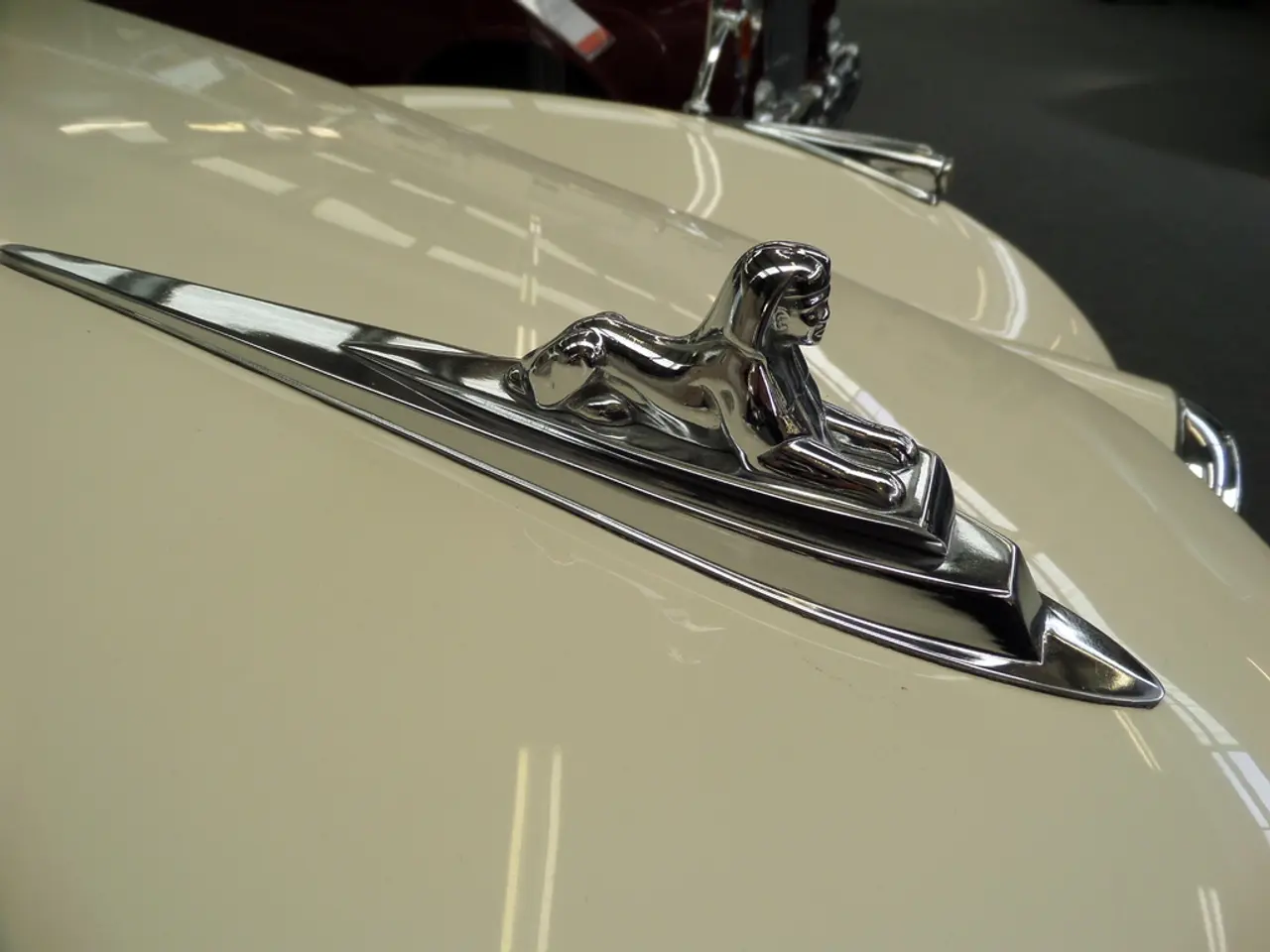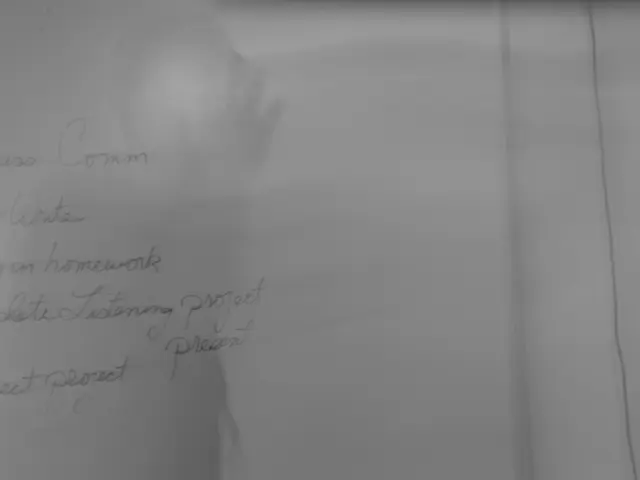Automaker Stellantis Abandons Plans for Europe's Dealer Agency Structure
Stellantis, the automotive giant, has announced a pause in its agency model restructuring plan in Europe due to pressure from dealers. However, the company is undertaking broader strategic shifts under its new CEO, Antonio Filosa, to address challenges in the European auto sector.
The agency model, initially instigated by Stellantis' former CEO, Carlos Tavares, in 2021 as a cost-cutting measure to support investments for electrification, gives Stellantis direct control of sales transactions and prices. However, many dealers objected to the agency model, arguing it further compressed their margins in challenging economic conditions.
In response, Stellantis is suspending the rollout of the agency model restructuring in other countries, but not scrapping it entirely in Europe. The sales networks in Europe will continue to operate under the traditional dealership framework.
The turnaround plan, expected to roll out in early 2026, focuses on tackling market share erosion, navigating the electric vehicle (EV) transition, rationalizing the multi-brand portfolio, and managing the European geographic footprint and tariff exposures. These efforts may require substantial upfront cash outflows and increased leverage.
To maintain financial resilience, Stellantis is prioritizing cash flow management and financial strength, aiming to maintain €25-30 billion in cash equivalents through 2028 despite restructuring costs and market pressures. The company is also addressing tariff exposure and operational headwinds that have impacted profitability and competitiveness in the US and European markets.
In addition, Stellantis is continuing restructuring efforts, including workforce reductions (e.g., voluntary job cuts in Italy) to align with the industry's clean energy transition and cost optimization. The company is also discontinuing less promising technologies like the fuel cell program, reallocating resources to more viable electrification pathways.
Moreover, Stellantis is leveraging geographic shifts in manufacturing by aligning production footprints with emerging European hubs offering competitive advantages. Countries like Czechia, Slovakia, Poland, Hungary, and Romania have become important automotive hubs, with large-scale car production and a growing share of the EU market.
In Italy, Stellantis will soon present an update to its plan to increase auto production. The update includes a call for an EU-wide scrappage scheme to replace vehicles older than 10 years, which could potentially reduce manufacturing costs for electric-vehicle batteries in Europe almost in half with the proposed government contributions.
The EU has decided to give automakers three years to comply with emission rules initially set for 2025. The proposed EU scrappage scheme would receive government contributions of €40 ($44.80) per kilowatt for electric-vehicle battery production in Europe.
The agency model has been working in Austria, Belgium, Luxembourg, and the Netherlands since 2023, with dealer responsibilities limited to deliveries and servicing. For the time being, the agency model remains in place in these countries, as well as in Austria, Belgium, Luxembourg, and the Netherlands.
In summary, Stellantis' agency model restructuring in Europe is on hold, but comprehensive business realignment plans are in motion to improve competitiveness amid regulatory, market, and technological challenges in the European automotive sector. The company is focusing on financial resilience, operational efficiency, brand and market portfolio rationalization, and adapting its manufacturing footprint to the EU’s changing dynamics.
- Despite pausing the agency model restructuring in Europe, Stellantis is still pursuing broader strategic shifts in finance, aiming to maintain €25-30 billion in cash equivalents through 2028.
- In addition to restructuring in the automotive industry, Stellantis is also leveraging geographical shifts in finance, with countries like Czechia, Slovakia, Poland, Hungary, and Romania becoming important hubs for automotive production and EU market share.




